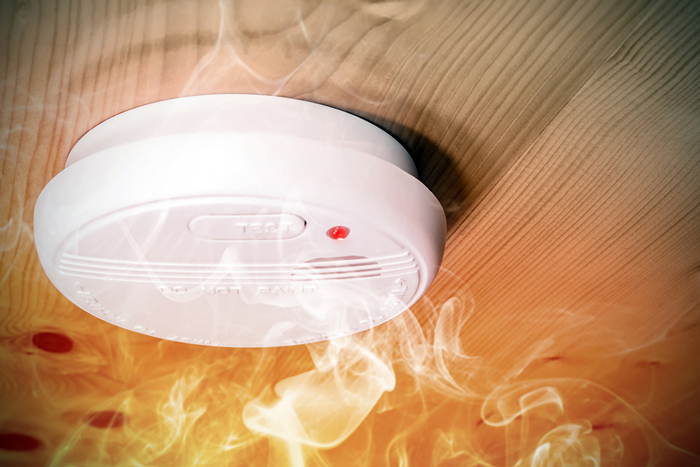From 1 November this year, new Building Code rules come into effect around smoke alarms – both builders and homeowners need to be thinking ahead and, in some cases, starting to address the changes, says Jared Dinneen, NZ Country Leader, Home & Distribution Schneider Electric New Zealand

Mid-winter is peak house fire season. It only takes three minutes for a house fire to claim lives, and good working smoke alarms are essential. More so as New Zealand’s housing density and population grows, and extreme weather events roll in.
From November 1, it will be mandatory for all new homes to have a Type 1 Smoke Alarm System. This system consists of interconnected smoke alarms strategically placed in all bedrooms, living spaces, hallways, and landings on every level of the home, providing early fire alerts to occupants. If one smoke alarm in a room detects a fire, all the smoke alarms in that house will activate and sound an alarm – helping occupants escape. Requiring these alarms in all new builds will go a long way towards protecting families from potential fire hazards.
Previous versions of acceptable solutions and verification methods will no longer be deemed to comply with the Building Code. For new buildings, a hard-wired interconnected smoke alarm system can be installed during construction while the house is being wired. For those who wish to upgrade to the new Building Code requirements while renovating an existing building, there is a battery-operated, wireless interconnected smoke alarm system which enables safety improvement and compliance without rewiring the home. Note that the wireless interconnected system is also a compliant option for new buildings.
Builders need to incorporate the new Building Code regulations as soon as possible. Moving forward, builders and homeowners alike need to stay on top of the new requirements, install compliant smoke alarms, and perhaps be mindful of 5 myths.
Myth 1 – Smoke alarms tend to be obtrusive.
These days, good smoke alarms are designed to blend in seamlessly. They have sleek, low-profile and modern designs that merge stylishly into the ceiling to complement existing interior décor, and they can be the same size as most LED lights.
Myth 2 – Smoke alarms are all about sound.
Ongoing innovation means that smoke alarms have become more effective in saving lives. Some models combine an alarm with smart home functions.
Features can include lights turning on when smoke is detected (an extra safety measure for very young or elderly occupants, or those who may not be able to hear an alarm), and push notifications to smart devices. Through an app, test reminders (like the emergency alarm alerts sent to your phone) can be sent at regular intervals to prompt alarm system tests.
Myth 3 – Installation of smoke alarms is a chore
Along with ensuring regulatory compliance, smoke alarms need to be installed properly, tested, and maintained. Electricians can benefit from purchasing smoke alarms with features that make installation easier. For example, ample wiring space and large terminals make for easy installation and maintenance.
With some wireless lithium battery powered products, installation is as easy as using a few screws. They can be installed by a registered electrician or by the homeowner or occupant – and with the lithium battery backup options, homeowners won’t need to remember to replace the battery, providing added peace of mind.
Myth 4 – Dust won’t interfere with smoke alarms
Dust or insects in the sensing chamber of a smoke alarm can lead to false alarms and failure. With new builds, it’s critical to leave the dust covers on until after construction and cleaning. Many smoke alarms returned by customers have no faults, but they are full of “Gib“ dust.
Myth 5 – Smoke alarms don’t need replacing
All smoke alarms have a limited-service life of 10 years. After that period, the entire smoke alarm unit must be replaced with a new one. If homeowners aren’t sure, they should contact a registered Master Electrician to provide guidance.







